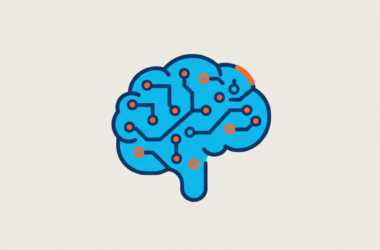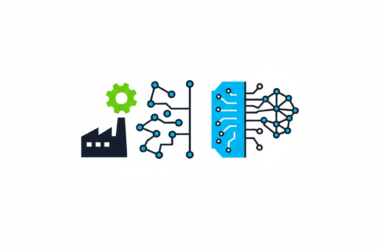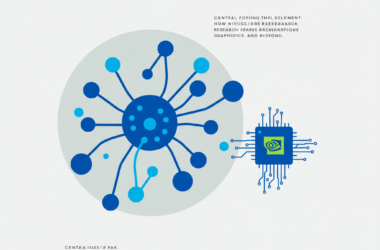
NVIDIA is paving the way for enterprises to leverage advanced artificial intelligence by shifting from the early use of large language model–based chatbots to innovative systems known as agentic AI. These systems are designed to reason, act, and execute complex tasks with a high degree of autonomy, addressing sophisticated challenges that many organizations face.
Jacob Liberman, the director of product management at NVIDIA, recently explained on the NVIDIA AI Podcast how this new approach bridges the gap between robust AI models and practical, real-world applications in business settings. He emphasized that AI agents are being deployed to relieve human workers of repetitive, error-prone tasks, thereby allowing them to focus on creative and strategic endeavors.
Liberman envisions a future where teams composed of both AI agents and human experts work together on intricate assignments. For instance, software developers might collaborate with AI agents to create more efficient algorithms, while medical researchers could join forces with these systems to design and test innovative drugs.
NVIDIA is also supporting this transition with its collection of AI Blueprints—a set of open source reference architectures implemented in code. These blueprints serve as practical guides to help enterprises apply NVIDIA software to concrete business challenges and can be directly deployed or customized with existing technology.
One notable example is the blueprint for customer service, which leverages digital human technology. This solution can be tailored to serve various roles, ranging from a bedside digital nurse to a bank teller, demonstrating the flexibility of the platform.
Other popular blueprints offered include:
- A video search and summarization agent
- An enterprise multimodal PDF chatbot
- A generative virtual screening pipeline for drug discovery
These open source blueprints enable developers and service providers to quickly implement robust AI solutions and adapt them to the specific needs of their enterprise, marking a significant step forward in how businesses harness the power of intelligent systems.







